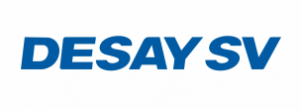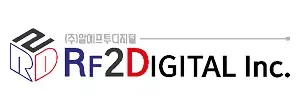DRM Radio Technology starts reaching maturity levels T.V.B.Subrahmanyam
“The way technology and its products have evolved in the last one century is rather interesting. The older generation may recall the use of mechanical type-writers and cash registers, tube or valve based radios, gramophones, monochrome televisions, colour televisions and so on. Discoveries led to inventions that brought out final products. People started getting used to these products even though they were expensive initially; their popularity and then viral marketing increased the volume of sales. As markets picked up, more manufacturers started making these products. This increased the competition and then companies ploughed more money into research and development to help create cheaper products. This led to a further increase in volumes as the gadgets became more affordable.
All this sounds so logical and simple that one would wonder the purpose of elaborating it. The objective here is to show the ‘Evolution Cycle’. When this evolution cycle is dependent on one parameter or technology, a uni-dimensional evolution cycle if you will, it is fairly easy to understand this evolution. Matters get more complex as we add multiple dependencies, making it a multi-dimensional evolution cycle.
Digital radios are one such example of complex product evolution cycle, thankfully dependent on only three parameters:-
- Transmitters & broadcasting equipment
- Radio Receivers
- Content
Each is dependent on the other and unless and they co-exist, the technology will not be successful. Unless the technology is successful the cost of each individual item will not reduce and become affordable.
In the last 5 years, broadcasters have complained at various platforms that low cost digital receivers are not available. On the other hand, radio receiver manufacturers express the view that sufficient transmitters and content needs to be available to ensure product sales and their return-on-investment. For the common man all these three parameters need to improve and mature to get addicted to the technology for a “must have’’ feeling for that product. For digital radios, these three parameters are like legs of a tripod stand. All three legs have to be sufficiently strong for a viable and stable business model.
Digital radios may be classified into two categories: a) Technologies using proprietary standards and b) Technologies based on open standards.
Proprietary standards “may be” short lived and expensive for the user. There might be some exceptions to this rule. Satellite radio network WorldSpace is often cited as a classic example in the digital radio domain for an early demise of a good technology.
In the case of Digital radios based on open standards, the process is quite democratic and takes longer for all three legs of this tripod to become strong and mature. It is also well known that democratic systems are more stable in spite of slow progress and probably have better longevity. Digital Radio Mondial (DRM) is one such open standard that is making good progress in the digital radio domain. The technology has reached a stage where multiple transmitters are being installed, stimulating the radio receiver manufacturers to invest in creating the right products and then in parallel making the broadcasters think of attractive content to be created and aired. It is only a matter of time before the price of digital radios receivers will come close to the present analog radio receivers.

















